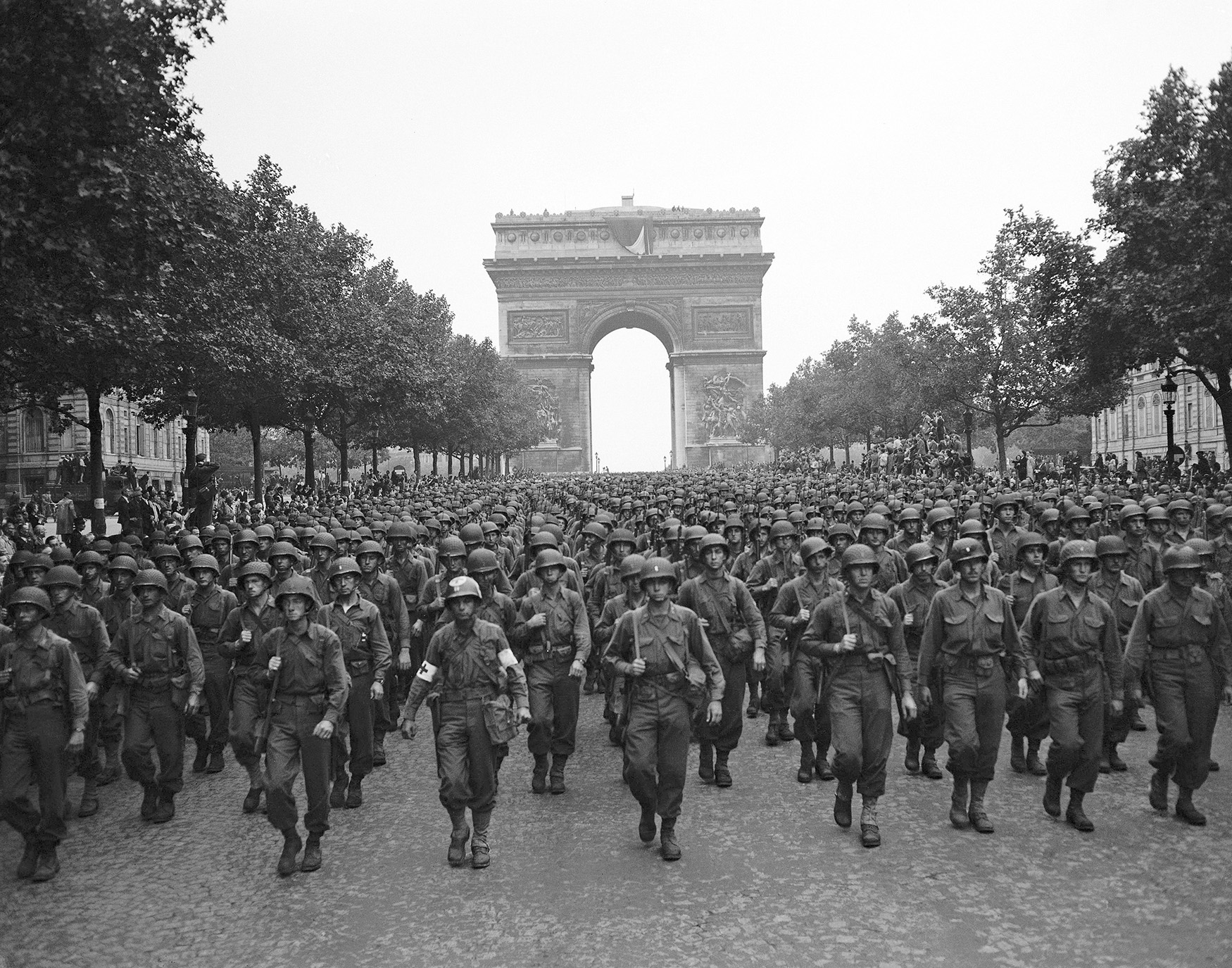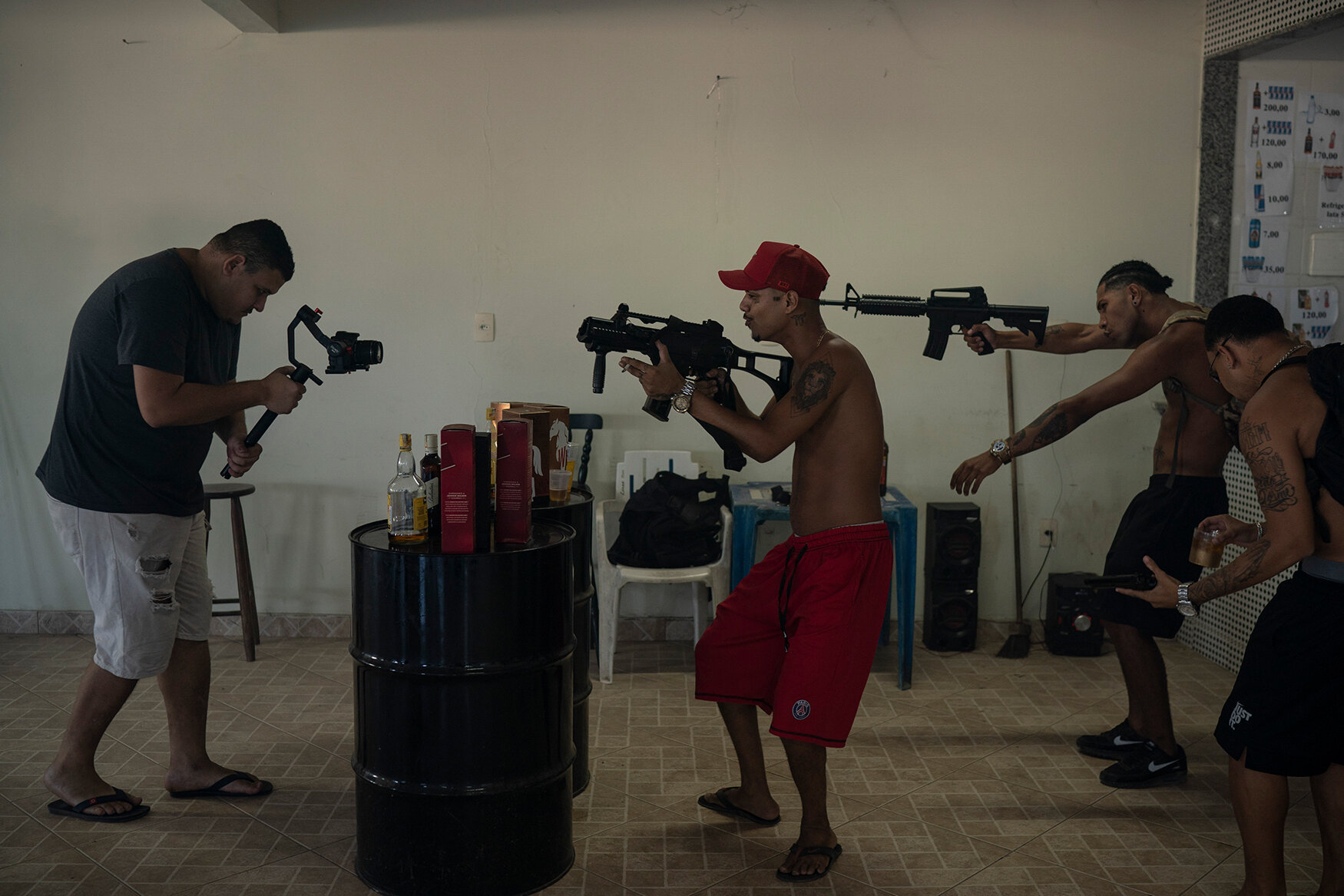Yannis Behrakis & Dusan Vranic: Colleagues, competitors, friends

I met Yannis in Kosovo in March ’89. Exactly thirty years ago. Both of us rookies, having just started our careers, him at Reuters, me at the Associated Press.
We both found ourselves in that particular place at that particular time as the result of Slobodan Milosevic’s machinations.
Hungry for power, he had just effectively abolished the constitutionally protected autonomy of two Serbian provinces, resulting in an ethnic-nationalist backlash by the majority Albanian population of Kosovo, and ultimately in the wars of the 1990s and the breakup of Yugoslavia.
Looking back, I think it’s safe to say we both did a great job, despite our complete lack of experience in covering political violence. As photojournalists, we cover momentous occasions in history, capturing them for posterity, etching these moments into the collective memory of humanity. As human beings, however, sometimes things happen that make these historical mountains feel like molehills. The story pales and your lens loses its focus and you reflect on what really matters in life.
Yannis Behrakis on Oct. 9, 2016 in Normandy, France. (Photo/Enric Marti)
On that day, thirty years ago to the day, I was having breakfast in our hotel when Yannis walked up to me, disheveled and drained of color, and stammered: “I've just become a father.” His son Dimitri was prematurely born on March 29. Yannis left that day to meet his son in London. That is how our journey, our thirty-year friendship, began.
Over the years we met at incredible times in incredible places and covered stories that have molded the world. We covered many wars including those in Afghanistan, Iraq and of course all over the former Yugoslavia. We also covered easier things like the Olympic games.
I remember in Sydney in 2000, AP assigned me to cover synchronized swimming, which I knew nothing about. Luckily, Reuters told Yannis the same. I arrived at the swimming pool and Yannis explained in three minutes flat how the event works, where I need to shoot from, what the best angles are and what I need to look for, because he didn’t want me to make the same mistakes he had made when he first covered it. At the same games, AP refused to cover laundry expenses. So I just gave my laundry to Yannis and Reuters paid for it.
I remember thinking, “Man, we are practically married. He is doing my laundry and everything. If that’s not love and caring, I don’t know what is.”
That love and caring defines our relationship, for real. Even though we were competitors and rivals we always made sure the other was safe, and knows what's needed to ensure that safety. Ours was a gentlemanly fight; the better photo wins. Sometimes it was him, sometimes it was me. We were OK with that. There were times when Yannis was pulverizing AP covering some story and my bosses would call me and instruct me to go neutralize the Greek SOB. I always agreed - but in the back of my mind I thought: “Why don’t you go and try? You think that’s easy?”
An Afghan woman wearing a traditional Burqa walks on the side of a road as a Northern Alliance APC, (Armored Personnel Carrier) carrying fighters and the Afghan flag, drives to a new position in the outskirts of Jabal us Seraj, some 60kms north of the Afghan capital Kabul, November 4, 2001. (REUTERS/Yannis Behrakis)
We did many intense assignments together. I can’t speak for Yannis, but for me, what we experienced in Bucharest in 1990 stands out. We were in Sofia, covering some election, when we both got calls and were told to drop everything and go to Bucharest immediately. So, we packed our gear into my car and drove, crossing the Danube on a ferry in the middle of the night, arriving at daybreak in Bucharest. Student-led anti-government protests had been going on for months with the students camped in the city center when then-President Ion Iliescu decided he'd had enough and bused in coal miners to end the demonstration. Those were some of the ugliest scenes Yannis and I witnessed together. The event was only a few days long but very ferocious. Thousands of miners armed with iron bars, steel pipes and sledgehammers, savagely and randomly attacking and beating people on the street. I have seen my fair share of violence, but this experience has stayed with me ever since. Of course, it was only 1990. The world had a lot worse in store.
War photography is a tough job. It is challenging mentally and physically, with insane highs inevitably careening into bottomless lows.
Your stress levels affect everyone around you as well, negatively impacting on your romantic life, your family and your friends. Spend a couple of months in an objectively insane place, and you will be affected. There is no way around it. It's not a matter of if, but when. You either live in denial of it, or try to work on it. That's what Yannis did after an ambush in Sierra Leone where he witnessed the death of his close friend and colleague Kurt Schork. He took time off to deal with the loss and the demons of the tragedy, not working for a year and a half.
Yannis Behrakis takes a self portrait after surviving an ambush by Revolutionary United Front rebels in the jungle of Sierra Leone when Kurt Schork and Miguel Moreno were killed, May 2000. (REUTERS/Yannis Behrakis)
U.S. Army specialist William Lembo from Brooklyn, New York (C) with the 1st platoon, Delta Company, 2nd Battalion, 508th Parachute Infantry Regiment, part of the 82nd Airborne Division, is helped by comrades into a Black Hawk helicopter during a medical evacuation operation near the Arghandab river in Kandahar province, southern Afghanistan, May 11, 2010. (REUTERS/Yannis Behrakis)
Rebel fighters run for cover inside a building on the frontline in Tripoli street in central Misrata, April 21, 2011. Tripoli street is the scene of some of the heaviest fighting between rebels and Gaddafi forces. (REUTERS/Yannis Behrakis)
Yannis called me in the fall of 2001, early November I think, as I was packing to go east, and said he was going to Afghanistan as well. I asked him a few times if he was ready, to make sure. He said he was. And he was: he walked into Kabul with the Northern Alliance from Panjir Valley, while I got stuck up north.
We spoke a lot about our private life, trying to be there for the other when things didn’t go as planned - and to celebrate when they did. War photographers also deal with internal pressure, a constant process of self-criticism and reflection: Am I good enough, can I do well again, is this job right for me, what about my family, who am I kidding, can I handle this mentally? We talked about this a lot too, throughout our careers and right until his passing. On one of my last trips to Athens he asked me whether, if I could start all over, would I do the same thing? I laughed and said no, no way in the world would I do the same again - I would do it much better! We both laughed.
I am very proud of Yannis. And since his passing, emotionally reflecting on our life well-lived, I have come to the conclusion that I am also proud of me, and various among our common friends — of what we have done and accomplished together.
I'm proud to be part of this group of crazy, charming, talented, passionate, brave and smart people. Contrary to the myth that war photographers are just adrenaline junkies with a death wish, our goal was always to stay alive and perhaps make a few photos that tell the story that must be told. Staying alive is always a better idea than getting killed – live, and you get to tell another story. We are always careful, doing our homework to know where we are going, and to know what we are going to see. We always do all that we can to stay safe. We might be crazy, but we are not stupid.
Yannis and Dusan on April 11, 2014 in Hoexter, Germany after attending the funeral of photographer Anja Niedringhaus, killed in Afghanistan.(Photo/Enric Marti)
Our relationship wasn’t immune to the consequences of stress. Inevitably, there were times when he blew a fuse and I wanted to strangle him. I’m positive he had such moments too. One of the speakers at his memorial defined Yannis as “a human grenade with the pin pulled out.” I was instantly jealous. Why didn’t I come up with that? After all those years?
Yannis had a very strong sense of justice, of right and wrong, and an insatiable compulsion to point out the wrong. He didn’t have to go anywhere and he didn't need a camera for this.
He once took me to Evia in Greece to show me some land he has there. On the way back on the ferry – it was winter and we were sitting inside – there were about four guys sitting and smoking underneath a big “no smoking” sign. I saw his face slowly changing color and thought to myself “OK, here we go again…” He looked at me and asked “Are you with me brother?” I said yes, not because I was keen on a confrontation with four guys, but because Yannis didn’t like no for an answer. I braced for impact. Yannis walked over and gave the gentlemen the full brunt of his unvarnished opinion. They were shocked, and immediately put out their cigarettes. The captain of the ferry offered him a job on the spot, telling us he needed such people on his ship.
Yannis was also this massive-hearted, empathic person. It is rare to meet someone as compassionate and aware of the issues plaguing humanity.
A Syrian refugee kisses his daughter as he walks through a rainstorm towards Greece's border with Macedonia, near the Greek village of Idomeni, September 10, 2015. (REUTERS/Yannis Behrakis)
When asked to describe his Pulitzer prize-winning photography of refugees, a father and his daughter, walking down a road in Greece, he responded:
"This picture proves that there are superheroes after all. He doesn't wear a red cape, but he has a black plastic cape made out of garbage bags. For me, this represents the universal father and the unconditional love of a father to daughter."
Along the way I was also very fortunate to call Athens my home for six-odd years. Athens and Greece hold a big place in my heart. My time there broadened our friendship to include his wife Elisavet and his daughter Rebeca, whom I both grew to love and care for as my own. They are now my family too, and this will never change.
Yannis has made a big mark in photojournalism and war photography, and much of his work withstands the test of time. Some of his photos are truly emblematic of historic events. The real extent of his legacy will only be revealed in decades to come, the same way that it was for the photojournalism greats that preceded our generation - people like Horst Faas, Cartier Bresson, Eddie Adams, Nick Ut and Yannis’ favorite, Robert Capa.
Yannis was a true and recognized force of nature in photojournalism in the past thirty years. In Greek mythology there is a place called Elysium, reserved for heroes in afterlife. This is where my brother Yannis is now.
He will be missed.
- Dusan Vranic, 2019
Lead photo caption: Photojournalists Yannis and Dusan during a summer vacation, dubbed as “summer PTSD camp”, at island of Kea, Greece, in 2014. (Photo/Kevin Frayer)







